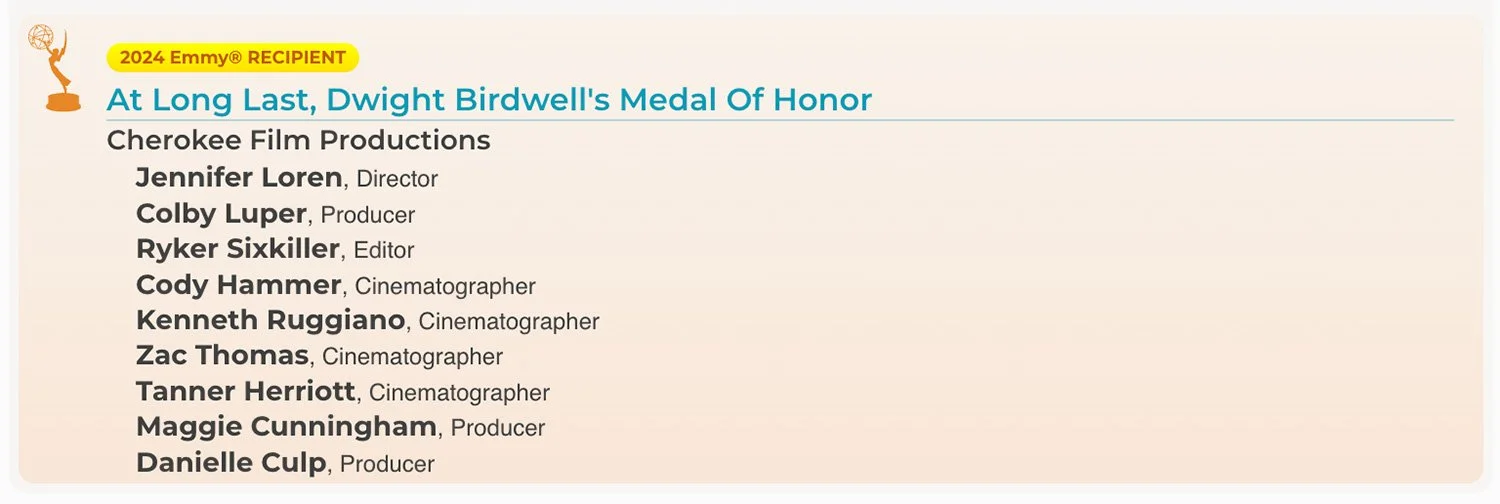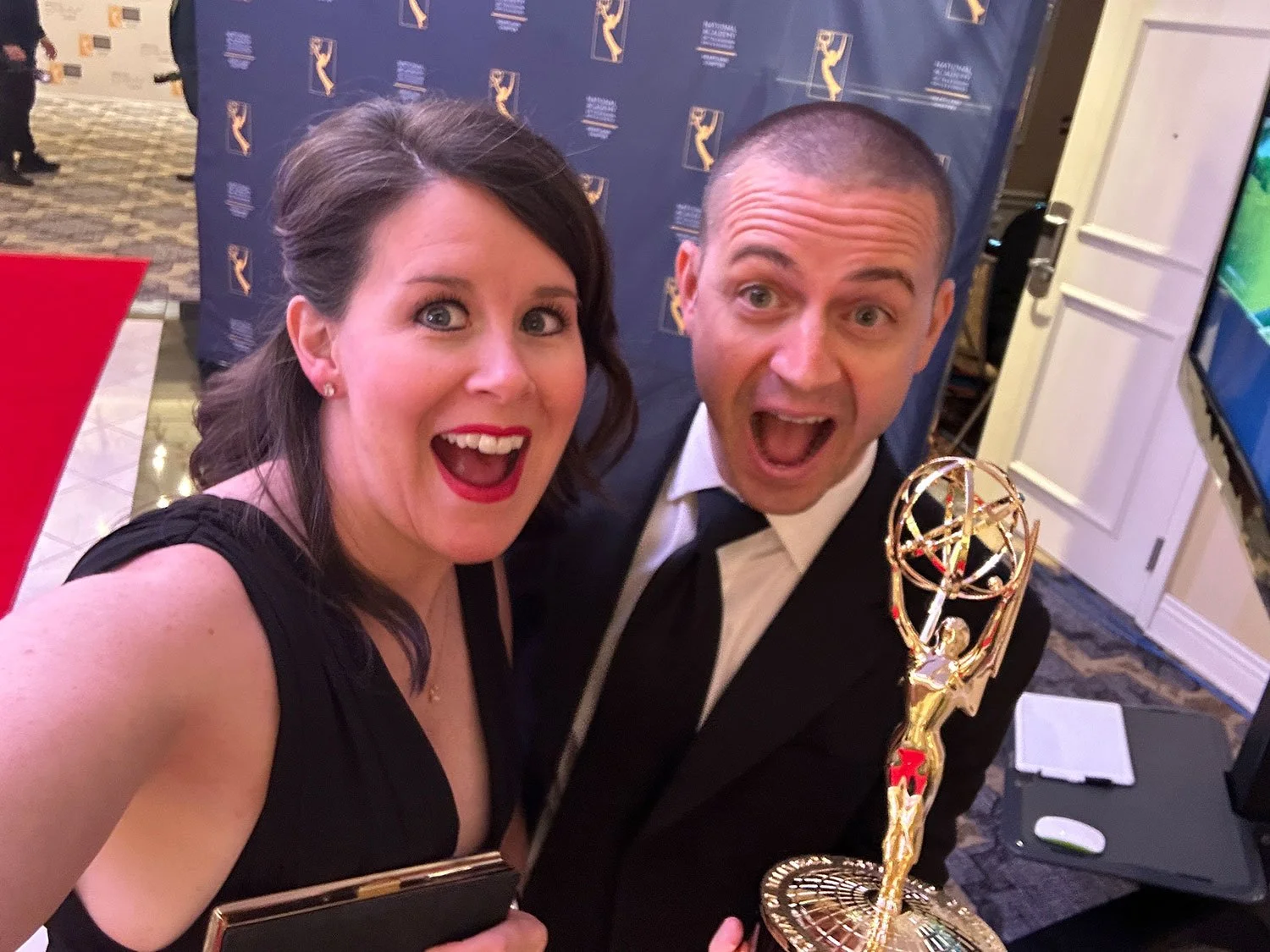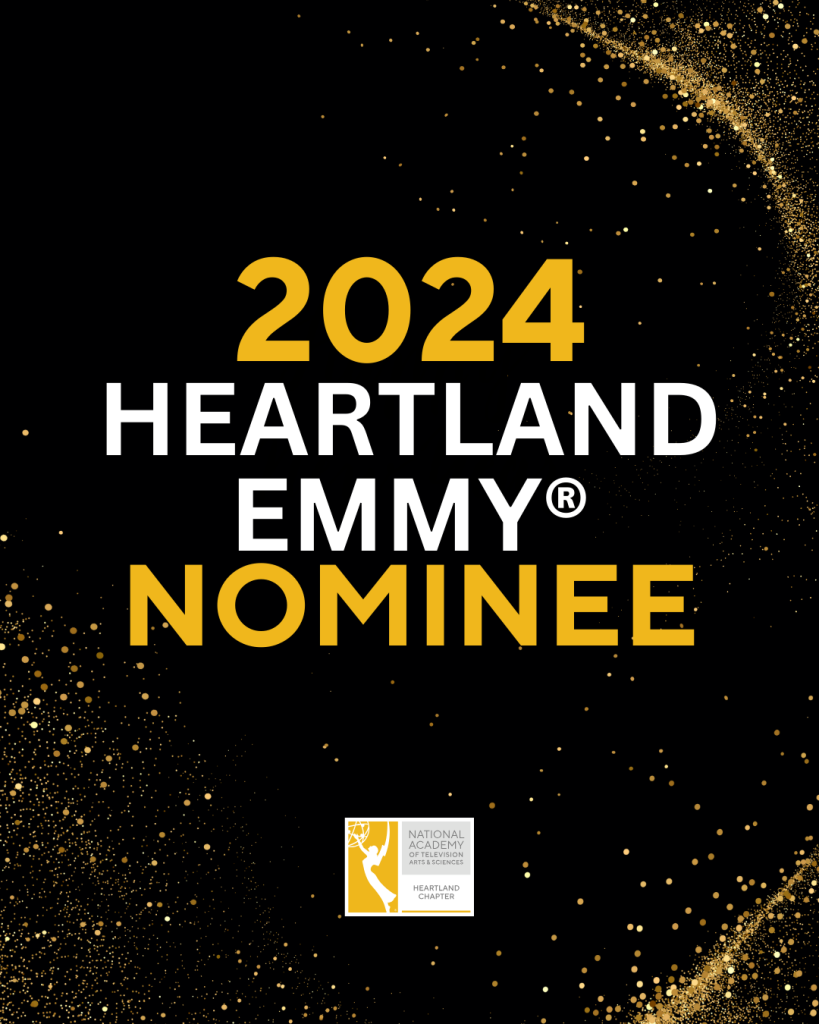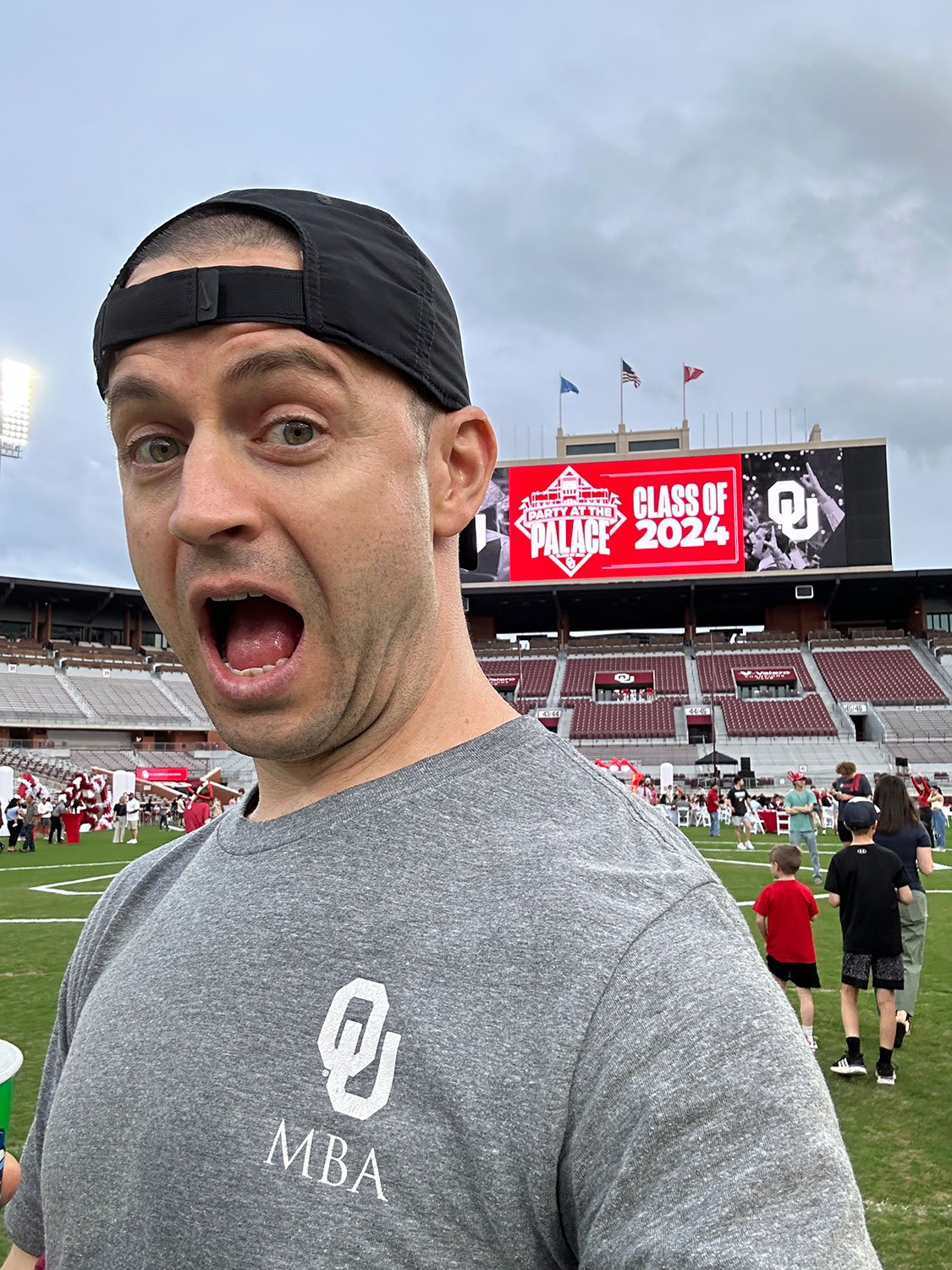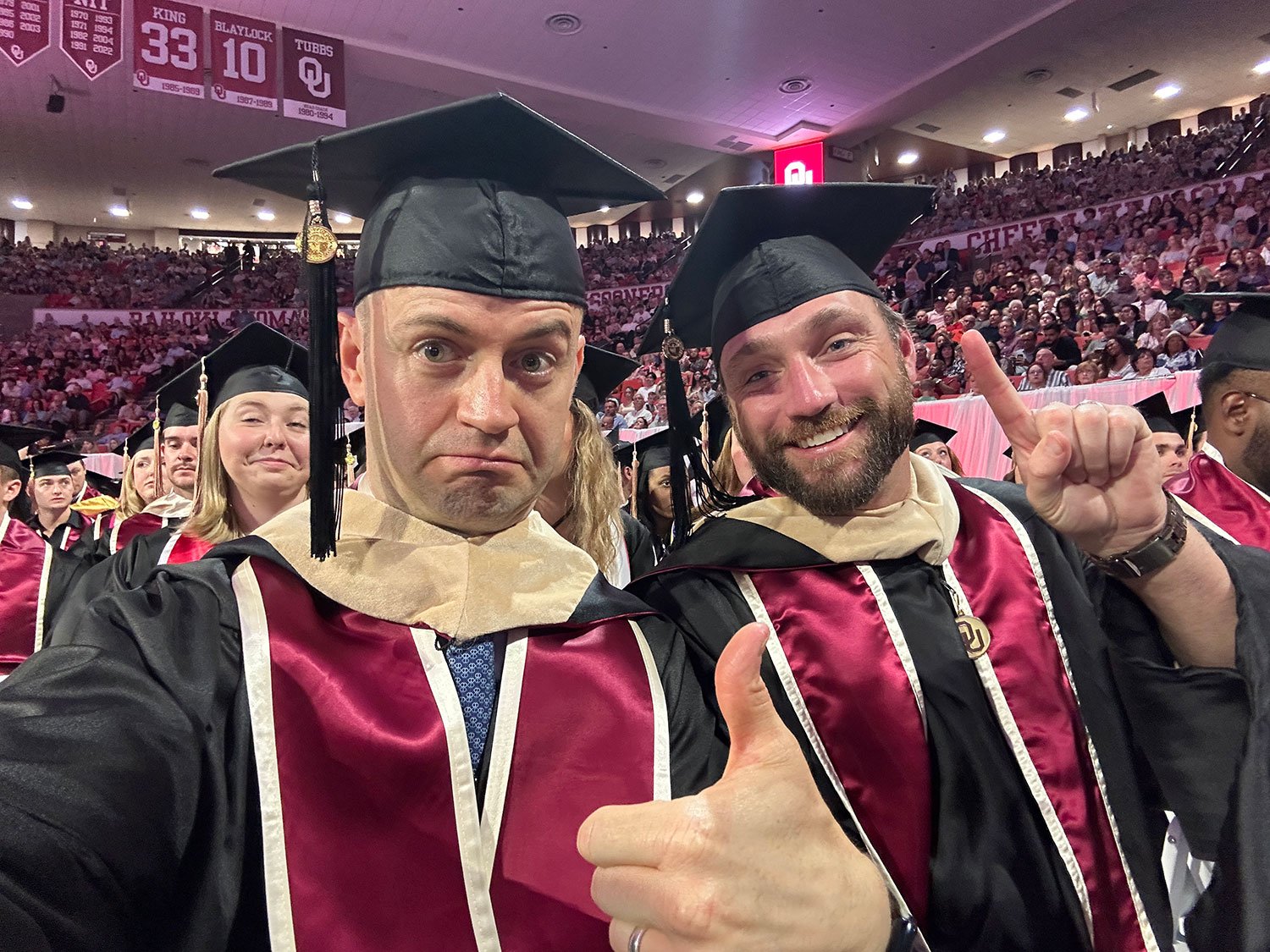My work tends to have me traveling quite a bit, and a good portion by plane. I've got camera department buddies who usually work in the same city — or at least their home state — and are in a good position to work out of their cars or production vehicles. Meanwhile, the clients I've gotten to work with over the years normally have me out in other places.
If I've driven to wherever the work is, I've got a decent system of working out of my car on location. My Subaru Crosstrek has enough space to transport the gear I need. When I fly to a shoot, either the client picks me up or I rent a small to mid-sized SUV about the same size as my car. It's common too that I'll rent any additional gear I need online and have it shipped to a FedEx near the shoot or the hotel I'll be staying at.
The real issue though comes down to getting my gear to and from the airport and car rental shop. Normally I drive to the airport instead of having someone drop me off. While regular business travelers fly with a carry-on and maybe a checked bag, I'm essentially carrying enough equipment for a small sports team. It's not uncommon for me to have a long case or two for my tripod, stands, and tube lights, a larger Pelican case for my camera AKS, an EasyRig case, and a lens case. For years I'd used a Rock-N-Roller Multicart for shoots in town, but never considered flying it knowing how luggage gets treated.
Earlier this year I had a shoot out in Indiana and travelled with an assistant. Thankfully we were able to get our rental SUV close to where we were filming and work out of it, but it was still a whole thing to get back to the car instead of just having a dedicated cart with us. We lucked out because the location had an extra Rubbermaid cart we could use. Just having a basic mobile workstation to keep lenses, batteries, and the other small nonsense I'm always needing nearby was incredibly helpful. I also used it as a simple DIT station to hold my laptop, hard drives, and card readers.
The next week I was on another shoot in Bentonville, AR, with DP Nathan Maulorico. Normally we'd just be using production's Magliner carts, but this time Nathan was shooting on his Steadicam and brought along his Inovativ Scout 37" cart. I'd seen plenty of Inovativ carts online and heard how great they were, but hadn't actually worked with one on set in a while. Within a month, I'd bought an Inovativ Voyager 36" cart and some accessories.
No question, these carts are expensive AF; that's what's kept me from buying one earlier. But in working with Nathan's cart and then my own, I wish I'd have bought one years ago.
So far I've flown with it once and had two other out-of-town jobs where I traveled with it in a car. At first, I felt like an idiot setting it up in the airport parking lot, but I couldn't care less as soon as I had all my gear on it and started rolling it the nearly half-mile to the United Airlines gate to check-in. I had the same feeling when I got my luggage at the destination airport and rolled all my nonsense out of baggage claim. It's a thing too in getting gear up to a hotel room. Thankfully I've never had a vehicle get broken into and gear stolen, but I'm not taking unnecessary chances by leaving equipment in a car overnight. Hotels normally have luggage carts and I've done my fair share of dealing with that nonsense, but having my own cart makes things way easier.
Having and working with the cart on set is also freakin' fantastic. My $300 Rock-N-Roller has no doubt been great over the years, but I tended to overload it and always wished it had a top shelf to use as a workstation. They do make top shelves for those carts, but there's not an easy way to transport them. I'm still figuring out an on-set workflow, but this Inovativ cart has plenty of room to keep the gear I need close by and also act as a simple DIT and charging station. I also got the Camera Mount setup and just recently got the Baby Pin System to mount a DP/client monitor.
There are plenty of Pros to mention, but I do have a couple of Cons at this point.
COST
The sticker shock is real. I've still got some time left on my student discount at B&H Photo and was able to get 27% off the $4,000 cart. With the money I saved, I also got a couple of other accessories. A few of my production buddies highly recommended getting the travel case for it, especially considering how much I plan to fly with mine.
A DP I'd worked for years ago had an older Inovativ cart. It was incredibly helpful on set, but I don't remember it feeling super sturdy and it was a pain to set up. No clue which one it was, but it certainly didn't seem worth $4,000+. Seems like Inovativ has come a long way since that one. I feel like my cart is built like a tank and will stay working for a good while.
WEIGHT
This cart is heavy AF. It's heavier than you'd think it'd be. On the B&H website, they've got it listed at 96 lbs, which is just shy of the 99.9 lbs United Media Bag limit. The carts are designed to collapse down and there's space to store the wheels inside.
It's terrifying to consider how luggage gets handled when you fly. For my first flight with the setup, I kept two wheels in the collapsed cart and wrapped them with a furniture pad; the other two were in my other checked cases. The thought was by lessening the weight and padding those stored wheels, hopefully, they'd keep from banging around and not dent the surface of the metal shelves as badly.
With shoots where I'm just traveling with it in the car, I've tended to keep the wheels on it unless I'm short on space. Considering the weight and size, it's kind of awkward to get in and out of a car by myself. Still, the benefits far outweigh the hassle.
So far I'm only a few jobs in with this cart and I couldn't be happier. Surely as I use it more I'll find something else to talk about. I'll let you know.













































